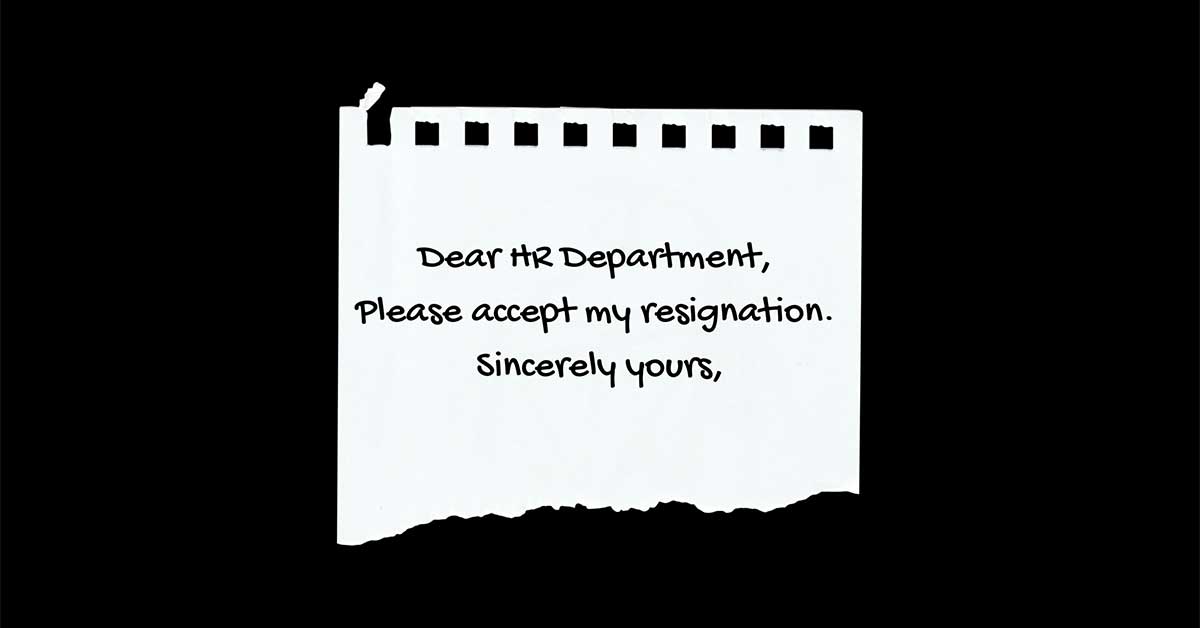In our psychological safety series, we have discussed its importance and its link to improved company outcomes. In our final article we dig a bit deeper and examine the contribution that ongoing learning and the important role that mistakes make in the creation of a psychologically safe workplace. In situations like these, “leaders need to remember that no one wakes up and wants to do a bad job”.[1]
Acknowledging Fallibility Amy C Edmondson, Novartis Professor of Leadership at Harvard Business School in Building a psychologically safe workplace [2] provides three key tips for leaders to establish a psychologically safe workplace – an important one, is the need for leaders and managers to acknowledge their own fallibility. In a later HRM interview, she reaffirms this concept of fallibility and says that team leaders need to remember that in order for their people to adopt a growth mindset, they will need to stretch themselves and they will most likely make mistakes and falter.
“That means [they’re] going to be bad at things and [they’re] going to be wrong about things, but that’s okay. We need to have a comfort level with being a fallible human being, but that’s a barrier because most of us don’t have that comfort level.” [3]
Establishing a culture where all contributions are valued and recognised as opportunities to learn, even when mistakes are made, things don’t go to plan or expectations are not met, is an integral component of a psychologically safe workplace.[4] However, barriers to psychological safety can occur for many reasons, one of which can be when leaders’ mindsets get in the way. This can result from the leaders or managers being averse to negative feedback and overacting accordingly.
“Nobody likes to look ignorant or incompetent in front of their colleagues, and certainly not in front of their boss. That’s a very fundamental desire. Unfortunately, in highly uncertain and highly interdependent environments, we’re going to look incompetent and stupid at times, and we’re going to make mistakes or ask questions that someone else believes to be a stupid question.”
So we need to train ourselves, and our leaders, on how they should deal with this. [5]
Reframe the work as an opportunity to learn
Professor Edmondson’s second tip to create a psychologically safe workplace centres on the need for leaders to reframe the work as a learning problem as opposed to an execution issue. She reiterates that in within the modern workplace, there is great uncertainty and interdependence, so to get the work done, “We’ve got to have everybody’s brains and voices in the game.”[6]
“It’s about explicitly calling attention to the challenge that lies ahead. You might say, ‘This [project] really matters to our customers, so we’re going to depend on each other to get this right’. [7] By framing the work as interdependent and important, and providing meaning around the work, this clarifies why other people’s voices matter and need to be heard.
Don’t shoot the messenger
Professor Edmondson’s third tip revolves around how leaders respond to people when they come to them with a mistake – how do they allow voices to be heard? Leaders need to be measured in their first response and it shouldn’t be accusatory to an admission of an error because initial reactions matter; it sets the tone for future interactions not only with that person but for anyone else present.
She concludes her advice that with these three principles in mind, if organisations are still unsure where to start – that they should just focus on one goal. “Whether that goal is to grow the business by X per cent or to move into a new market, start by articulating that and getting everyone on the same page about what it is that you’re trying to do. From there, explain that it might not be easy and so that’s why you’re going to need to have very candid, learning-oriented conversations.” [8]
Where to start to create psychological safety?
Change2020 partners with and helps to equip leaders to establish psychologically safe workplaces; below are some of the behaviours and actions leaders can incorporate in team meetings and interactions, and include:
· Asking a question where the team leader genuinely wants to know their team member’s answer (not their preferred answer)
· Where the leader speaks last, so as to not influence the group
· Where the leader can say ‘I don’t know how to solve this one’ or ‘all ideas are good ideas’
· Where ‘the pen’ is handed to another to lead the conversation and attempt to solve the problem
· Where defensiveness is reserved and where open dialogue is encouraged
· Where the leader models and encourages curiosity
“Leaders need to create a psychologically safe environment – What questions are asked and how they are asked is a starting point for creating an environment where people feel safe to be themselves.” (Maree Gardner – Principal Consultant, Change2020)
Our coaching sessions for leaders include questions for their team like, “What’s the one thing you see me doing that’s helping me best contribute to the team?” And, “what motivates you and how can we bring more of that to your work?”
Starting this journey is all the more necessary right now – with the accelerating pace of change, disruption and uncertainty arising from the pandemic, there is even greater need for leaders to focus on creating psychological safety for their people.
Psychological safe workplaces help businesses do more than survive – they provide the ability for people, teams and organisations to actually thrive and see better overall performance despite operating in challenging and uncertain times. [9]
1 https://www.hrmonline.com.au/section/strategic-hr/psychological-safety-amy-edmondson/
2 https://www.youtube.com/watch?v=KUo1QwVcCv0 3
3 https://www.hrmonline.com.au/section/strategic-hr/psychological-safety-amy-edmondson/
4 https://www.mckinsey.com/business-functions/organization/our-insights/psychological-safety-and-the-critical-role-of-leadership development#:~:text=By%20setting%20the%20tone%20for,on%20a%20team’s%20psychological%20safety.&text=The%20results%20also%20suggest%20that,team%20climate%20(Exhibit%201)
5 https://www.hrmonline.com.au/section/strategic-hr/psychological-safety-amy-edmondson/
6 https://www.youtube.com/watch?v=KUo1QwVcCv0
7 https://www.hrmonline.com.au/section/strategic-hr/psychological-safety-amy-edmondson/
8 https://www.hrmonline.com.au/section/strategic-hr/psychological-safety-amy-edmondson/
9 https://www.mckinsey.com/business-functions/organization/our-insights/psychological-safety-and-the-critical-role-of-leadership-development#:~:text=By%20setting%20the%20tone%20for,on%20a%20team’s%20psychological%20safety.&text=The%20results%20also%20suggest%20that,team%20climate%20(Exhibit%201)




